Ah, France, a land of amazing food, beautiful art, red beverages that contain alcohol, and beautiful architecture. There is much that is beautiful that also happens to be French, and it is no surprise therefore that the country is positively synonymous with the concept of effortless beauty. The same is true of French country architecture, a design style that is inspired by (you guessed it) the French country.
Like so many artisanal products of France, French country architecture has this uncanny ability to transport you to a different world. You could be in downtown Shanghai surrounded by gleaming obelisks of steel and glass, or even in Manhattan surrounded by modern, um, trash, but you’ll still feel like you’re in the rolling fields of Brittany the moment you step in a French country cottage.
How does French country design achieve this wondrous effect? And how did the architectural style of the French farmland make its way to every corner of the globe? It may seem effortless to the casual observer, but the French country design style philosophy does have some important rules that must be followed to leave us with the rustic yet chic vibe of a French country cottage.
The Roots of French Country Architecture and Design
It would be inaccurate to say that French country design comes from the country. Rather, the key operative here is that it's inspired by the French countryside. In reality, the design style is a French aristocratic take on what rustic country living looks like. The original French country design was inspired by furniture and fixtures that were popular in the courts of 18th-century French kings. The design style has evolved quite a bit since then, but the basic design principle of rustic+chic is still relevant today for contemporary interpretations of the design.
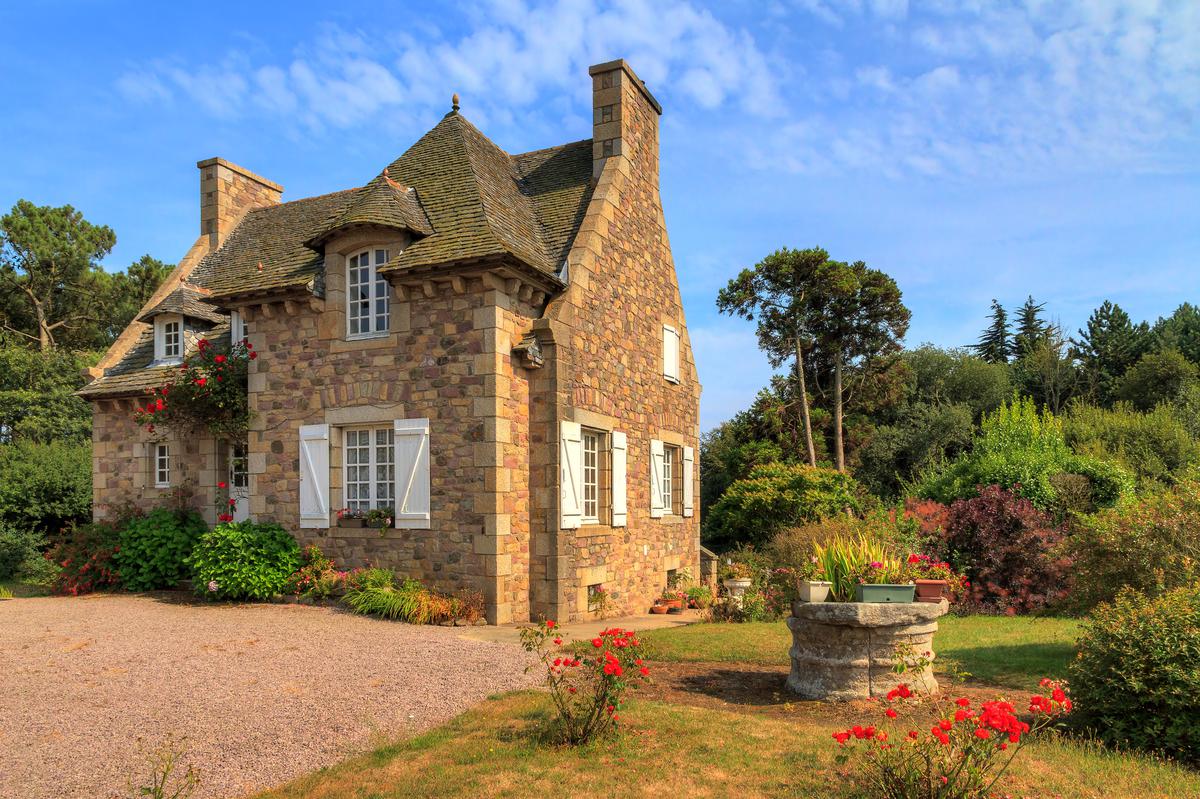
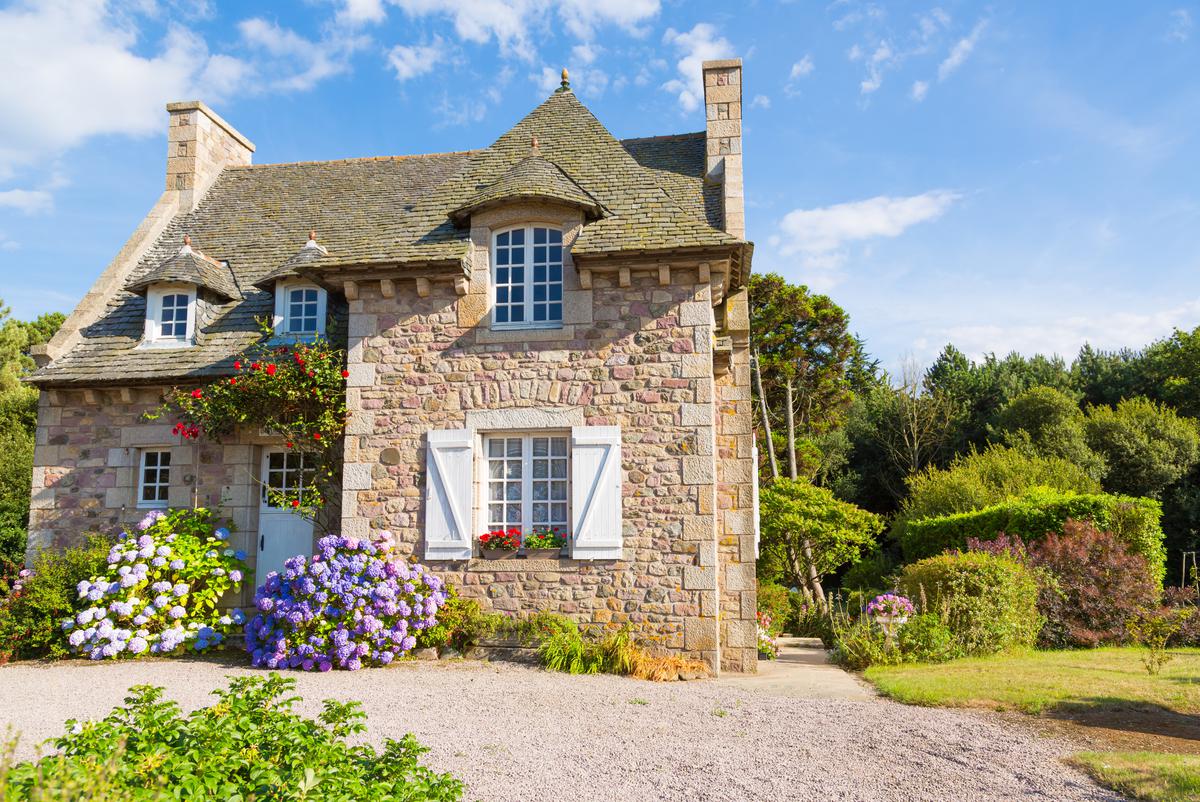
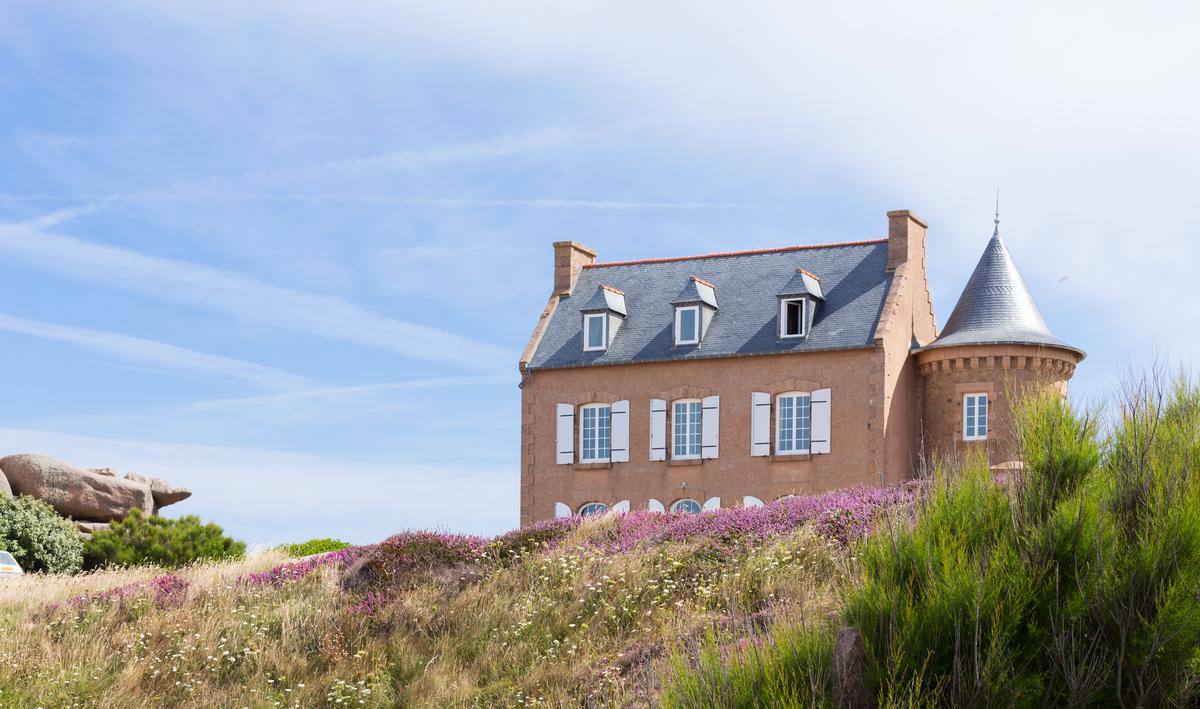
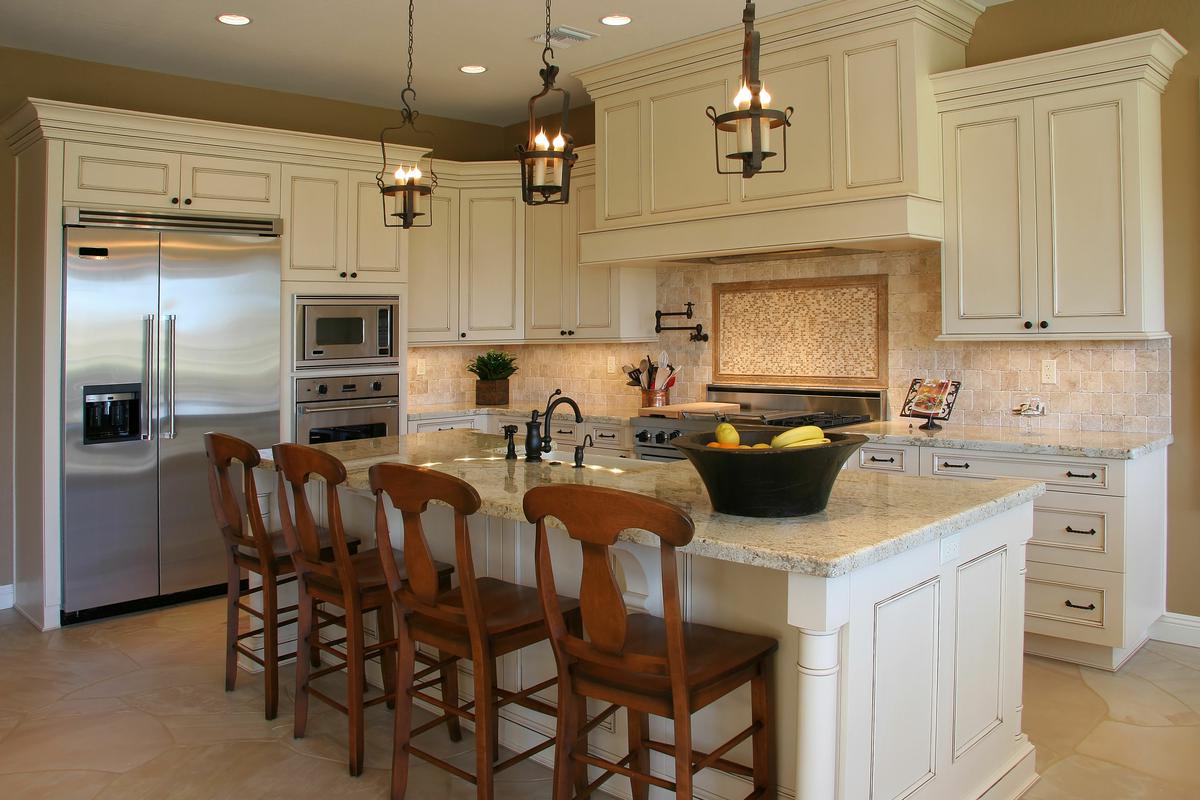

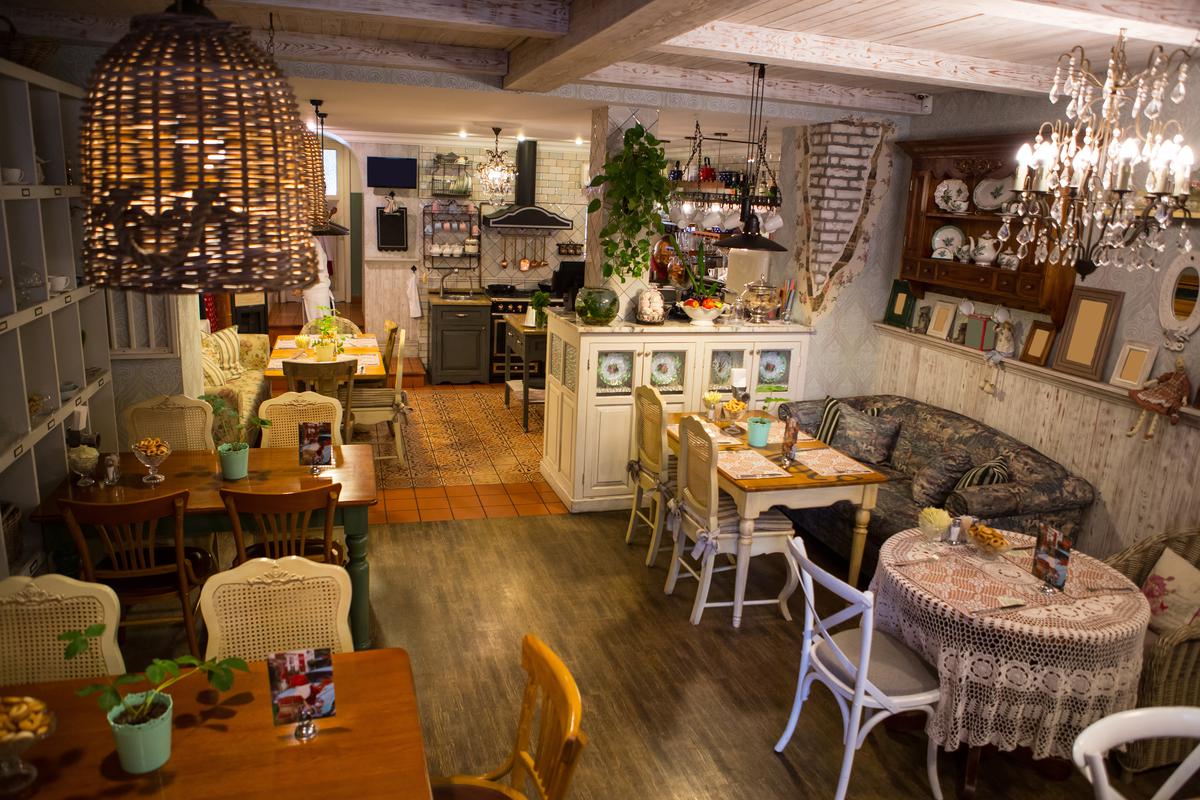
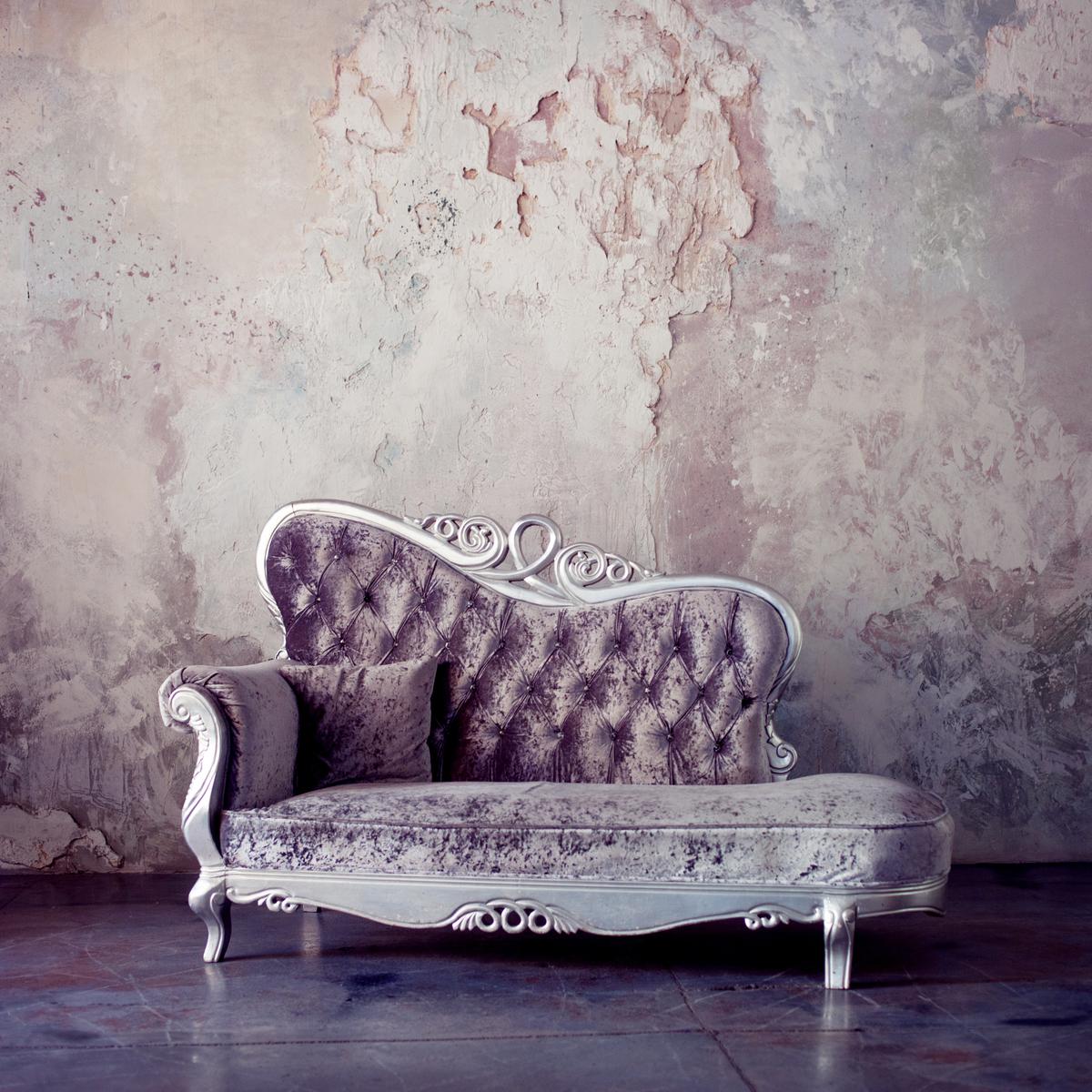
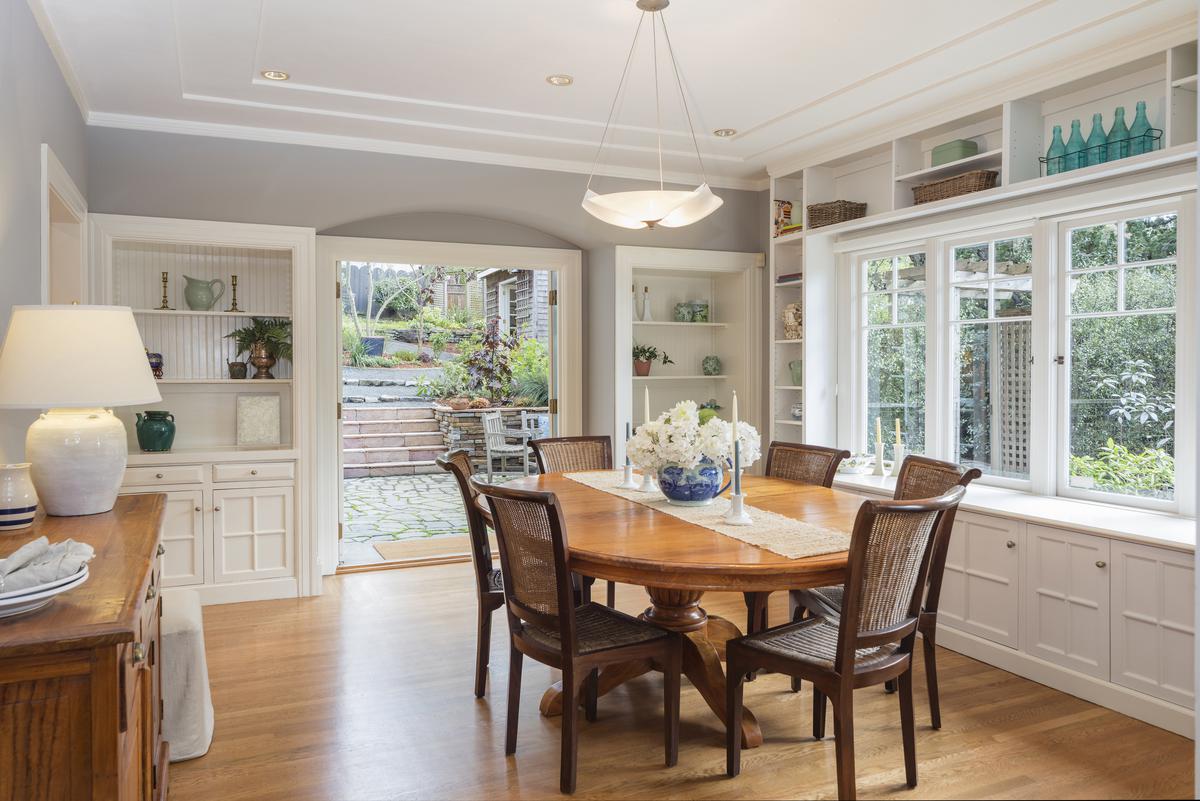
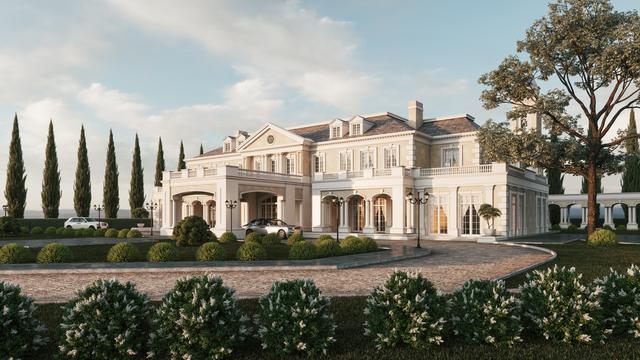
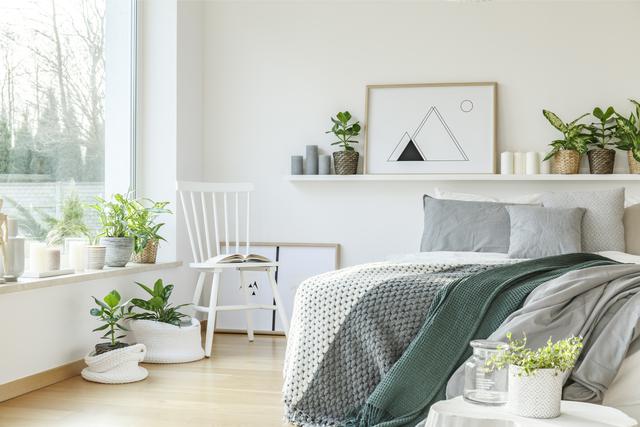

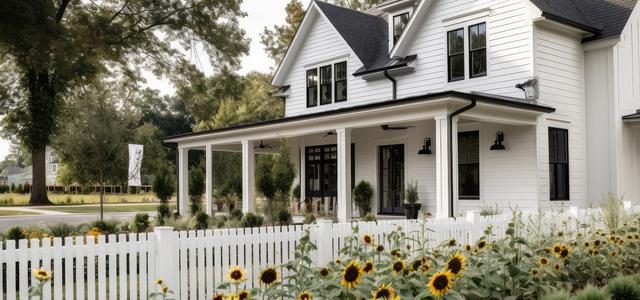
comments